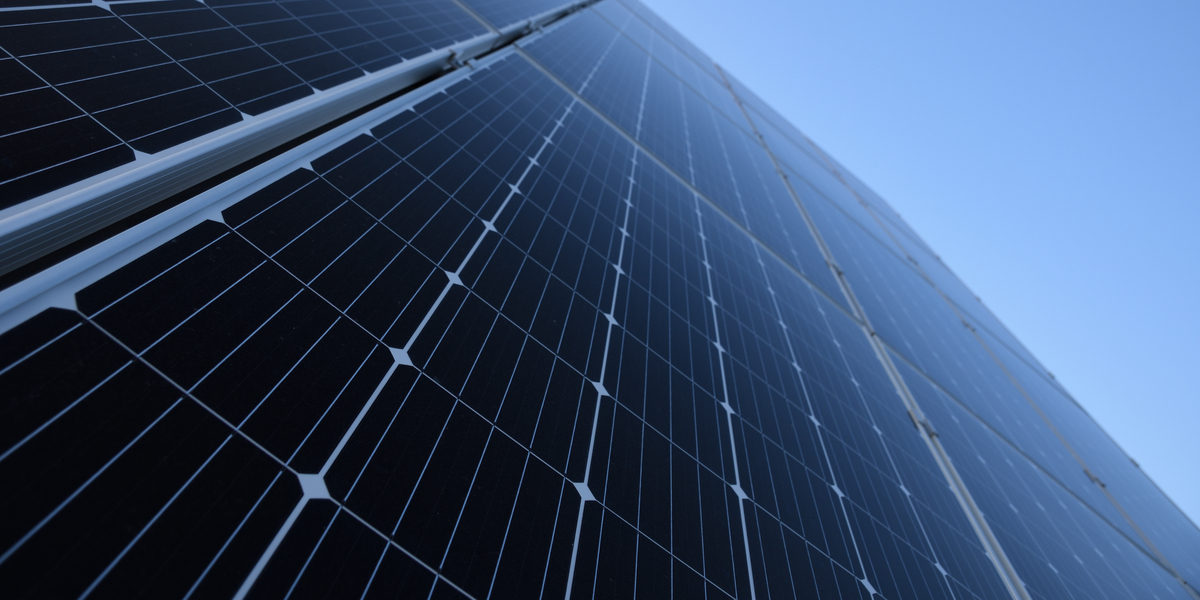
Most professionals in the roofing industry can agree that SRI is the key to picking the right cool roof. An ideal cool roof has an impressive combination of both high emissivity and high reflectivity. But just how high is high enough to be sufficient? And which combination of these two values will yield the most benefit?
In this article, we will discuss the benefits and science behind the Solar Reflectance Index of materials in the roofing industry.
What Is Solar Reflectance Index?
The Solar Reflectance Index (SRI) is the measure of solar reflectance and thermal emissivity of materials. Solar reflectance or reflectivity is the ability of a material to reflect solar energy from its surface into the atmosphere. Emissivity is a material’s ability to release absorbed energy.
SRI is used to indicate how hot a material is likely to become when its surface comes into contact with solar radiation. On a scale of 0 to 100, standard black is 0, and standard white is 100. According to this scale, testing indicates that absorbent materials have lower numbers while reflective materials have higher numbers.
Using SRI To Evaluate a Cool Roof
Cool roofs stay cool in the sun by minimizing solar absorption and maximizing thermal emittance. This technology offers numerous benefits, including increased savings on annual electricity bills, reduced roof maintenance, and replacement expenses, as well as reduced “heat island effect” in cities and suburbs. A few important measurement terms will come up when incorporating a cool roof into a property or design, including solar reflectance, emissivity, and SRI.
SRI for reporting cool roof data isn’t the industry standard quite yet, as most manufacturers still record separate reflectivity and emissivity data in their reports. The Cool Roof Rating Council (CRRC), an organization that verifies and labels cool roofing products, has begun using the Solar Reflectance Index of materials measurement system while also retaining the conventional emissivity and reflectivity measurements.
Naturally, different roofing materials and technologies have different SRI numbers. For example, asphalt coatings have solar reflectance index values ranging from 21-30.
Obtaining SRI Values of Building Materials
The most widely used green building rating system across the world, LEED (Leadership in Energy and Environmental Design), requires distinct SRI values for individual building materials. It is common for roofing manufacturers to use independent laboratory testing resources to obtain the SRI values of their product. Look for your desired SRI specifications in the form of a manufacturers’ datasheet.
In the event that a manufacturer is unknown or cannot provide the SRI values of a material, the U.S. Green Building Council (USGBC) allows for SRI values to be obtained from a laboratory that follows the appropriate ASTM International standards for reflectivity and emissivity testing.
What Solar Reflectance Values Do Building Materials Need for LEED?
According to the current LEED V4 rating system, the minimum SRI compliant values for cool roofing have significantly increased since the previous LEED 2009 requirements. The following values show the minimum SRI for cool roof materials required by LEED V4:
- Low sloped roof: 82
- Steep-sloped roof: 39
- Parking Cover: 39
In addition, LEED V4 also has minimum requirements for 3-year aged SRI values:
- Low sloped roof: 64
- Steep-sloped roof: 32
- Parking Cover: 32
Trust Kaneka Energy Management Solutions with Your Cool Roof Project
It’s important to fully understand solar reflective index when selecting highly reflective roofing materials that will lower energy cooling costs. While investing in cool roofing technology is undoubtedly an excellent decision, it’s crucial to partner with a trusted energy management company that is well-versed in SRI LEED V4 standards.
Kaneka is a worldwide supplier of solar energy products such as functional building glass for skyscrapers, facades, and IGU’s. Our bi-facial solar technology uses the cool roof surface to maximize power production together with energy savings in the building envelope.
Contact us online today to learn how we can incorporate cool roof and bi-facial technology into your next project.